Bibliographic Information
Article Title
The repatriation of human remains – problem or opportunity?
Journal Title
Antiquity
Author(s)
Smith, Laurajane
Month of Publication
June
Year of Publication
2004
Volume Number
78
Issue Number
300
Article Pages
404-413
Web Address (URL)
Additional Information
Available Through
CambridgeCore
Language
English
Notes
Abstract: The editor’s question “who do human skeletons belong to?” (Antiquity 78: 5) can be answered positively, but it must be answered in context. The question was prompted by reports from the Working Group on Human Remains established by the British government’s Department for Culture, Media and Sport (DCMS) in 2001 to review the current legal status of human remains held in all publicly funded museums and galleries, and to consider and review submissions on the issue of the return of non-UK human remains to their descendent communities (DCMS 2003: 1-8). In effect, the report was primarily concerned with human remains from Indigenous communities, using a definition which follows the UN Draft Declaration on the Rights of Indigenous Peoples as “distinct cultural groups having a historical continuity with pre-colonial societies that developed on their territories” (DCMS 2003:7). Consequently, the report deals primarily with the Indigenous communities of Australia, New Zealand and North America.
Additional tags: colonialism; Indigenous communities; human remains
Taxonomies
RPA Codes & Standards
CIfA Codes
- Principle 1: Adherence to ethical and responsible behaviour in archaeological affairs
- Principle 5: Recognition of aspirations of employees, colleagues and helpers in all matters of employment
Keywords & Terms
- Accountability
- Burials and Human Remains
- Consultation/Partnership with Indigenous Peoples
- Indigenous, Tribal, Aboriginal Rights
- Local, State, Federal, and Tribal Laws
- Museum, Collection, Curation and Display Standards
- Ownership
- Repatriation
- Respect for and Responsibility to Affected Groups
Topics & Issues
- Biological Anthropology/Archaeology
- Descendant, Resident, and Stakeholder Communities
- Ethical Dilemmas
- Human Remains and Ethical Practice
- Indigenous Archaeology: Perspectives and Issues
- Legal Issues
- Legislation and Archaeological Preservation
- Museum and Display Ethics
- NAGPRA, Repatriation, and Indigenous Rights

